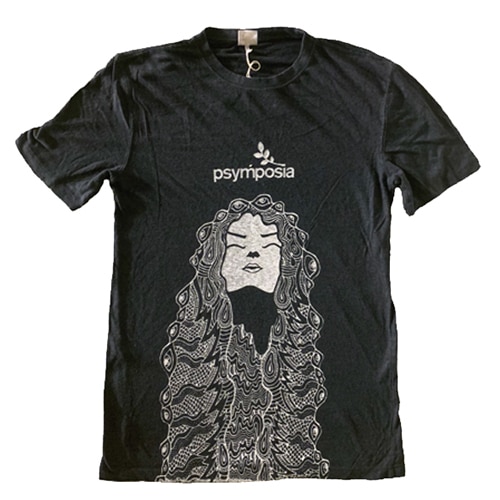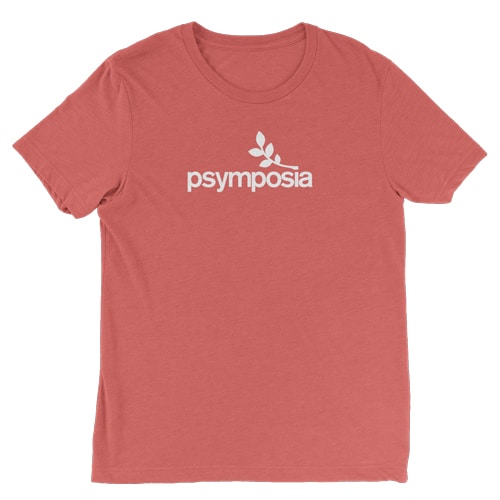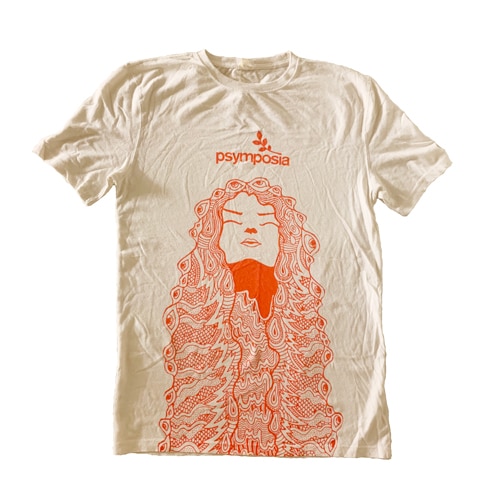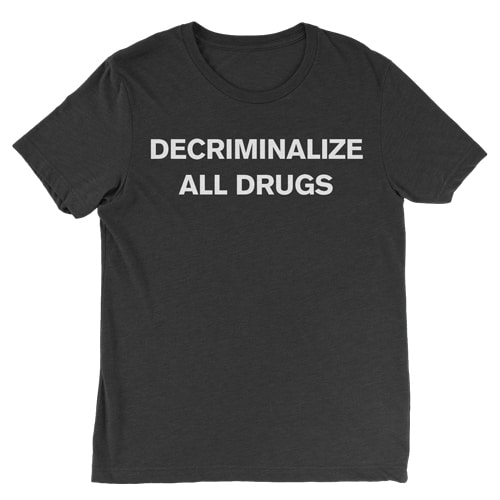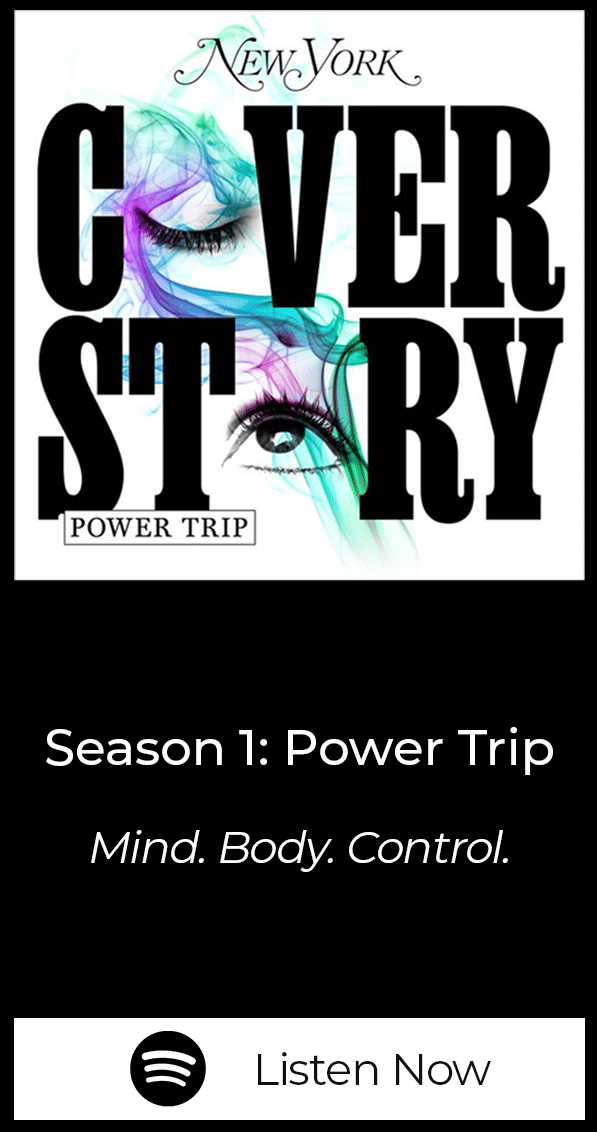What the Scientologists can teach us about drug reform
Even with its straightforward-sounding name, the Foundation for a Drug-Free World (FDFW) hides plenty beneath the surface—namely, a direct connection to the Church of Scientology.

Psymposia is a 501(c)(3) nonprofit research and media organization that offers critical perspectives on drugs, politics, and culture. We rely on contributions from our readers and listeners. Your support is vital to sustaining Psymposia.
Support Psymposia’s independent journalism on Patreon and help us drive the Mystery Machine! We’re a bunch of meddling kids who are unmasking the latest shenanigans on the psychedelics beat.
Iwas given my first joint in the playground of my school. I’m a heroin addict now, and I’ve just finished my eighth treatment for drug addiction.”
So says “Christian,” whose testimony is supposedly offered as the unblemished truth by a group called the Foundation for a Drug-Free World in a pamphlet decrying the dangers of marijuana use. It’s a puzzling anecdote, one that seemingly has no connection to material reality, especially since it appears that Christian is a phantom, conjured from thin air by the pamphlet writer. By taking the gateway drug hypothesis to its logical conclusion, it betrays any effort to make a rational case against marijuana use, sensing the most blatant scare tactics as the best way to fight drug consumption.
Such cheap tricks would be laughable, and to anybody who’s ever tried marijuana, the message immediately rings as hollow. Still, the pamphlet, and others like it published by the Foundation, is worth examining to understand the absurd terrain we face in the effort to reshape drug policy.
Living in a Drug-Free World
Even with its straightforward-sounding name, the Foundation for a Drug-Free World (FDFW) hides plenty beneath the surface—namely, a direct connection to the Church of Scientology.
You’d never know that from any of their published material, or anything on their website, which makes no mention of the shadowy religious organization responsible for funding the foundation. Hiding beneath a veneer of responsibility and public concern about youth drug abuse, the church uses FDFW as an insidious means of pushing their bankrupt ideologies into schools, who are all too eager to blindly promote a blanket no-drug policy.
The result? Countless schools have let FDFW into their classrooms only to later face criticism for ignoring the cult-like organization creeping into their students’ learning. That’s what happened at the Santa Monica High School earlier this year, when the LSD-related death of a first-year student led to the school allowing the group to teach several anti-drug seminars. After hosting a workshop with parents, angry complaints finally drove the group from the classroom, as families criticized the Scientology connection and the group’s ineffective zero-drug policy.
Even worse is another branch of the Scientology network known as Narcocon, which uses L. Ron Hubbard’s theories of chemical addiction to promote dangerous treatment practices. Numerous Narcocon treatment centers have been found guilty for patient deaths due to improper medical attention. The treatment plan itself, which asks patients to sweat out existing drugs through sauna use—in addition to consuming high doses of the mineral niacin—has been called “quackery” by toxicologist Dr. Ronald E. Gots.
These different branches work together—the drug-free propaganda promoted by FDFW is a front to pull people into Narcocon. That’s what happened in 2012, when a reporter, following a FDFW pamphlet distributed by the Santa Ana Police Department, was directed to a Narcocon treatment center when asking for drug abuse treatment. Although the SAPD soon stopped distributing the materials, the incident underscores how willing officials are to endorse the no-drug approach, inadvertently giving Scientology a public platform that can have disastrous consequences.
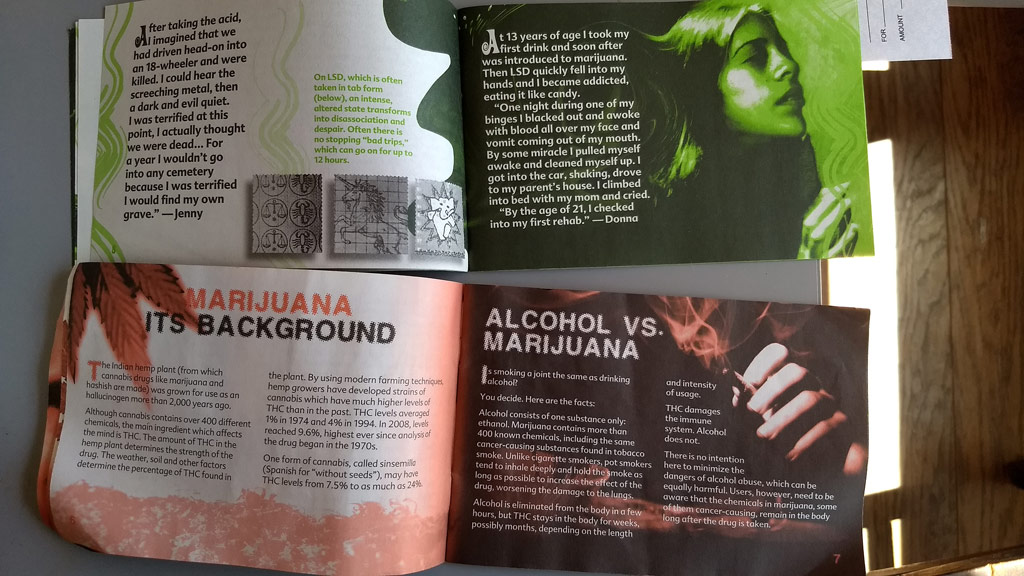
FDFW is, of course, hardly the only organization to deploy such a severe anti-drug platform. The rhetoric they deploy is painfully reminiscent of the 1987 “This is your brain on drugs” campaign, the infamous shot of an egg in a skillet meant to show just how bad drugs are. With such a shocking image, and so little information to distinguish which drugs should actually be avoided, kids were expected to simply flee from all substances, an absurd fantasy in a society with millions of daily drug users.
By continuing this same line of attack, instead of promoting practices of harm reduction, such an approach is bound to confuse teenagers and ensure that the most harmful outcomes made possible by these substances come true.
Laughing at FDFW
The work of FDFW, and other vehemently anti-drug crusaders, is obviously a major impediment to any efforts to gain mainstream acceptance for drug legalization. When Attorney General Jeff Sessions is willing to claim that marijuana is “only slightly less awful” than heroin, it’s obvious that the scare tactic approach has hardly left the popular imagination—and may even be on the rise.
We should be wary of groups like FDFW and the clear influence of their backwards approach. But we should also roast the ever-living shit out of their wacky propaganda, recognizing it for the absurdity that it is. In the end, these groups undermine their own efforts, and by taking them at their word and mocking their over-the-top approach to substance use, it becomes obvious how flawed their worldview truly is.
Christian’s anecdote about one joint leading to heroin addiction is only the tip of the iceberg in a series of pamphlets that continuously push all bounds of credulity. Endless combinations of unbelievable “real-life” anecdotes, junk science, and over-the-top visuals combine to make these booklets the print versions of Reefer Madness, applied to every drug imaginable.
The marijuana booklet is especially goofy and inaccurate. It suggests that alcohol is safer than pot because it contains only one substance, ethanol, while “marijuana contains more than 400 known chemicals including the same cancer-causing substances found in tobacco smoke.”
On another page, a photo of a guy ripping a bong sits next to a more absurd testimony from “Veronique,” describing a teacher hooking their students and leading her to try heroin, “which [she] did without resisting.” “By that time,” Veronique laments, “it was as if my conscience was already dead.”
Poor Veronique! It’s a fate that all too many marijuana users have faced: The inevitable decline from smoking a joint with your teacher to the depths of hard drug abuse.
The LSD pamphlet is particularly frustrating, creating the possibility of a self-fulfilling prophecy, the infamous “bad trip” produced through pure misinformation. First-time psychedelic users certainly deserve to know that such intense experiences require immense emotional preparation, a familiar and comfortable setting, and experienced users to guide them during their first trip. But in suggesting only the most outlandish outcomes from LSD, including the testimony of Jenny, who after tripping “wouldn’t go into any cemetery because I was terrified I would find my own grave,” the booklet seemingly wills the curious first-time user to have a bad experience.
It’s hilarious, absurd and maddening in equal measure. To the seasoned drug user, such lies are laughable, the scare tactics of D.A.R.E. perhaps the best example of such empty chicanery. But for anybody new to substance use, the lack of honesty around the myriad drugs readily available can have life-or-death consequences.
Perhaps the biggest lie put forth in the FDFW booklets is the notion that illegal drug dealers are the biggest source of misinformation when it comes to drugs. It’s a familiar trope, shamelessly deployed in each booklet: “Drug dealers, motivated by the profits they make, will say anything to get you to buy their drugs.”
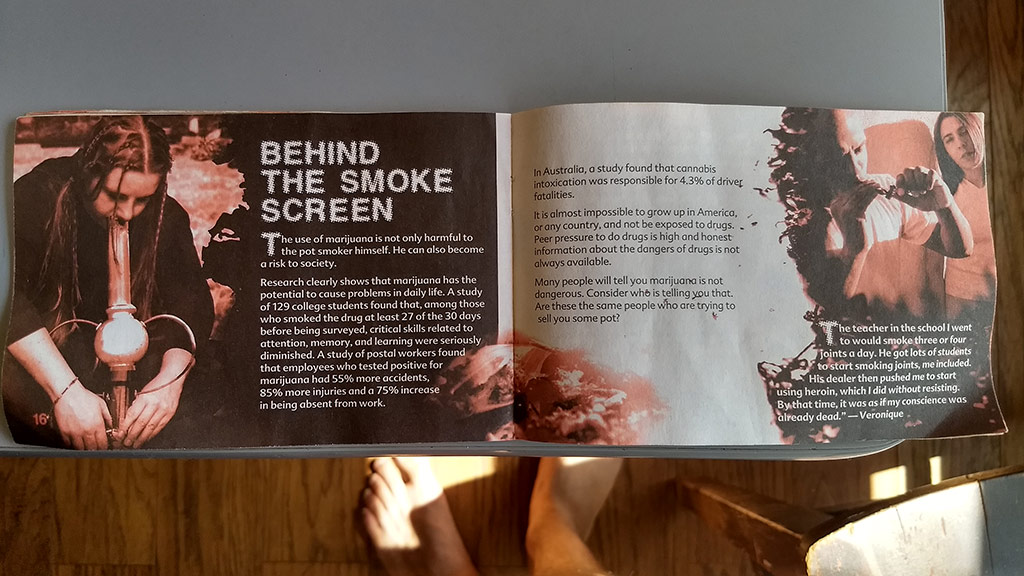
Shitty drug dealers suck—but far worse than even the most stereotypical street dealer are the providers of legal drugs. FDFW has nothing to say about the tobacco, alcohol or pharmaceutical companies that annually take in billions in profits, allowed to sell their products in a society that is quick to endorse legal substance use, even when those substances are often far more toxic. It’s those drug dealers that are most willing to tell people lies as they seek to boost sales, legally allowed to exploit people’s innate desire for intoxication.
Perhaps it’s no surprise that a Scientology-backed anti-drug propaganda machine would be so terrible. The lies they put forth are as shameless as they are unbelievable, and it’s easy to think that anybody who encounters their nonsense would quickly see right through it.
But it’s not that simple. There are too many powerful interests that benefit from slandering any illegal substance, with politicians like Sessions eager to exploit the ongoing culture of fear to perpetuate a War on Drugs targeted at black and brown communities.
While FDFW is perhaps the most blatant example of this malaise, their far-out approach is symptomatic of a wider culture dedicated to obscuring what healthy drug use should look like. It may seem silly to criticize a bunch of pamphlets from a veritable cult, but their existence shows just how far reformers must go if we want to create a truly sensible drug policy in our society.
Hey! Before you go… Psymposia is a 501(c)(3) non-profit media organization that offers critical perspectives on drugs, politics, and culture. We strive to ask challenging questions, and we’re committed to independent reporting, critical analysis, and holding those who wield power accountable.
Our perspectives are informed by critical analysis of the systemic crises of capitalism that have directly contributed to the unmitigated growth of addiction, depression, suicide, and the unraveling of our social relations. The same economic elite and powerful corporate interests who have profited from causing these problems are now proposing “solutions”—solutions which both line their pockets and mask the necessity of structural change.
In order for us to keep unpacking these issues and informing our audience, we need your continuing support. You can sustain Psymposia by becoming a supporter for as little as $2 a month.
Tanner Howard
Tanner is a writer for Psymposia and a recent graduate of Northwestern University, with a degree in journalism and history. He's interested in the intersection of psychedelics and social change, particularly the counterculture of the sixties and its relationship to other social movements of the period.
